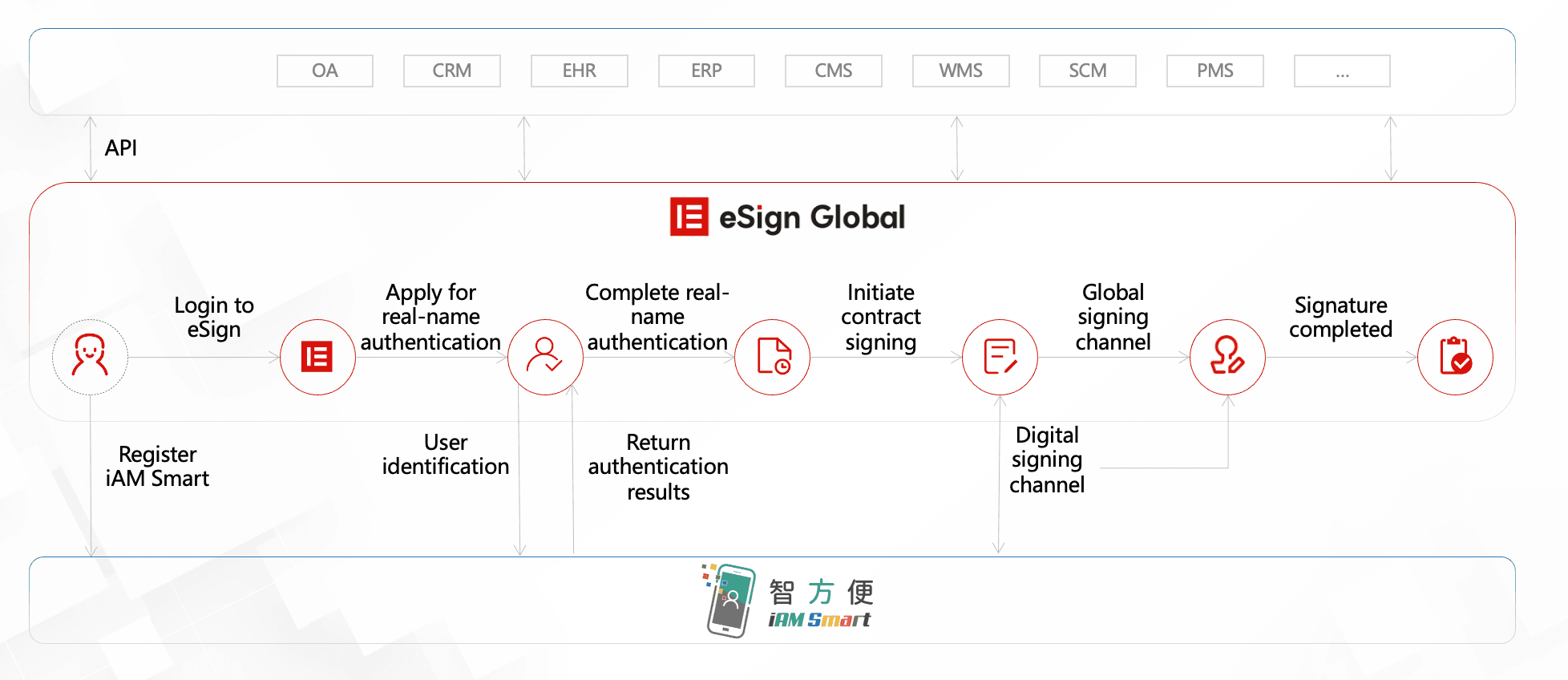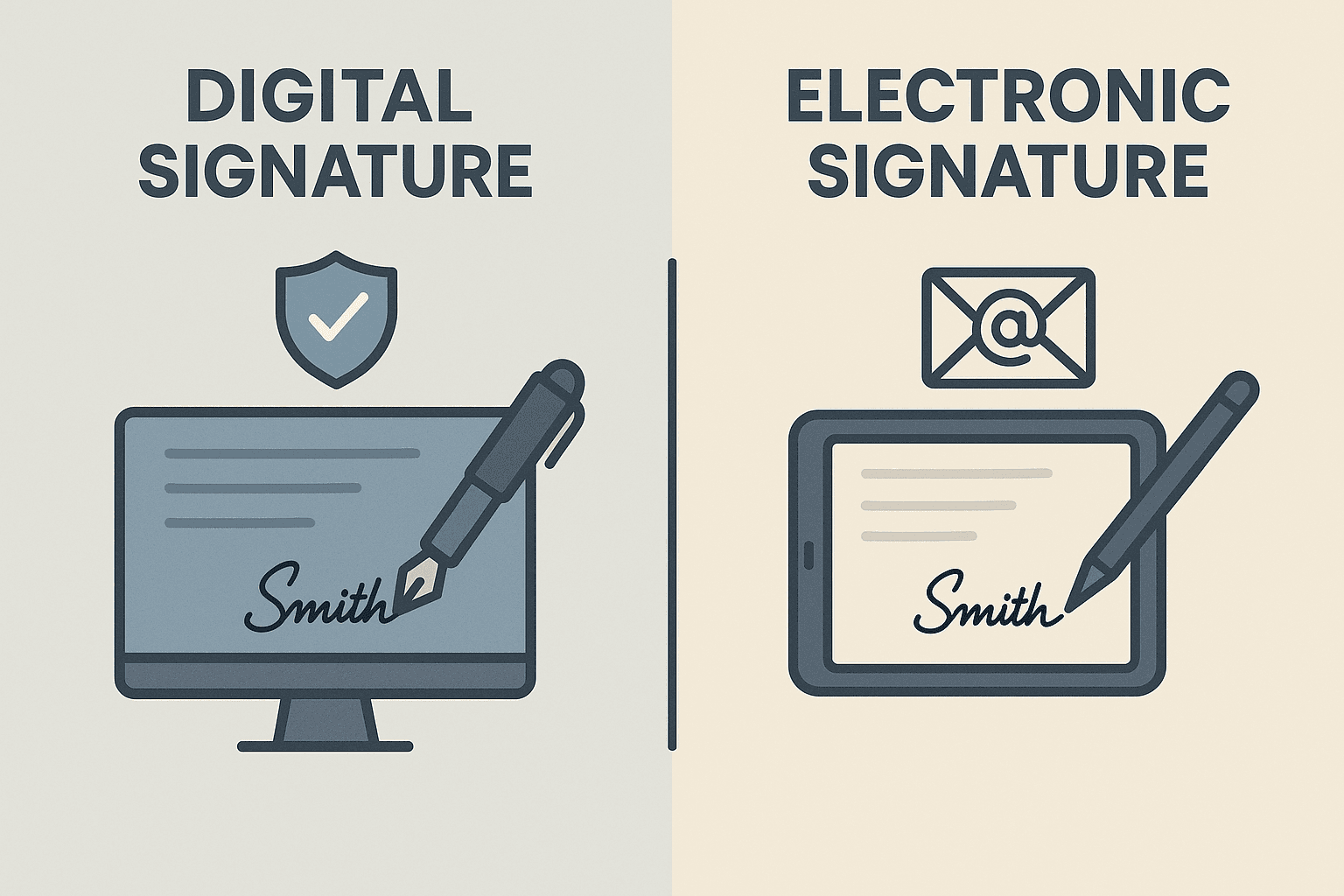WhatsApp or email with our sales team or get in touch with a business development professional in your region.
How to check DSC certificate in Chrome?





How to Check DSC Certificate in Chrome?
As businesses in Hong Kong and across Southeast Asia move towards digital transformation, the adoption of Digital Signature Certificates (DSC) has become crucial for secure online transactions. A DSC verifies the identity of a signatory and ensures the authenticity of electronic documents. With regulators across the region implementing frameworks like Hong Kong’s Electronic Transactions Ordinance (Cap. 553) and Singapore’s Electronic Transactions Act (ETA), users must know how to verify their DSCs correctly.
If you’re using Google Chrome and want to check your DSC certificate, this guide walks you through the process step-by-step, explaining the importance of certificate checking and compliance with local regulations.
What Is a DSC and Why Is It Important?
A Digital Signature Certificate is an electronic credential, issued by a Certifying Authority (CA), that verifies the identity of an individual or organization. It plays a vital role in:
- Submitting official documents online (e.g., tax filings, tender bids)
- Verifying e-signatures on contracts and agreements
- Assuring the integrity of digital documents
In regions like Hong Kong and ASEAN countries, regulatory bodies recognize the legal validity of digitally signed documents. As per Section 17 of Hong Kong’s Electronic Transactions Ordinance, certified signatures and time-stamped digital records are admissible in a court of law.

Step-by-Step Guide: How to Check DSC Certificate in Chrome
Step 1: Open Google Chrome and Navigate to the Signed Document or Website
Open Chrome and go to the platform or digital form that contains the signed document or installed certificate. For example, if you’re verifying a DSC stored in a USB token, plug it in and access the associated interface. If it’s a certificate tied to a particular domain, just visit the domain URL.
Step 2: Click on the Padlock Icon (🔒)
In Chrome, you’ll notice a padlock icon to the left of the website URL if the site is using HTTPS. Click it to open a dropdown menu with security details.
Step 3: View Certificate
From the dropdown, click on “Connection is secure”, and then choose “Certificate is valid”. This action opens a new window showing the certificate details.
Here, you can verify:
- Issued To: The name of the user or organization the certificate was issued for
- Issued By: The Certifying Authority (e.g., eMudhra, GlobalSign)
- Validity Period: Ensure the certificate hasn’t expired
- Certificate Path: Confirms whether it’s a trusted certificate chain
For documents signed with a DSC, this organizational and personal information validates the signatory’s authenticity according to regional standards.

Step 4: Export Certificate (If Needed)
If you need to verify the DSC outside of Chrome or use it in another system (e.g., Adobe Reader, PDF viewer), you can export the certificate:
- In the certificate information window, click the “Details” tab.
- Click “Copy to file…” to launch the Certificate Export Wizard.
- Choose the desired format (usually DER-encoded binary or Base-64).
- Save the exported file to your local system for further use.
This is useful for submission to government portals or enterprise systems like SAP—many of which, especially across ASEAN, now integrate DSC requirements natively.
Using PDF Files to Check DSCs
If you’re checking a digitally signed PDF document in Chrome (by opening it directly in the browser):
- Scroll to the signature area of the document.
- If the signature is valid, Chrome displays a blue ribbon indicating authenticity.
- Click on the signature area or icon to view signer details and issued certificate authority.
However, Chrome may have limited support compared to software like Adobe Acrobat Reader, which is integrated with CA validation frameworks common in Southeast Asia.

Local Compliance: Ensuring DSC Legitimacy Across Jurisdictions
In Hong Kong, under the Electronic Transactions Ordinance, only recognized digital certificates issued by authorized Hong Kong Post or other recognized authorities are considered legally valid. Similarly, nations like Singapore, Malaysia, and Thailand have their own regulatory standards and accredited certification authorities.
To ensure compliance:
- Always use DSCs issued by legally recognized CAs for the target jurisdiction.
- Check for local timestamping if required by regional laws.
- Store and manage your digital certificates securely with secure tokens (e.g., FIPS 140-2 compliant devices).
Non-compliance can lead to the rejection of electronically submitted documents or legal disputes in case of signature repudiation.

Common Issues and Troubleshooting in Chrome
Even with the right steps, users can sometimes encounter errors in Chrome while trying to verify a DSC:
1. Certificate Not Trusted
This usually occurs if the certificate’s issuer isn’t a recognized CA or if the root certificate isn’t installed. Reinstall the certificate or check with your CA for intermediate authority validation.
2. Browser Doesn’t Show Certificate Info
Try accessing the site using an incognito window or clearing your browser cache. Make sure Chrome is up to date, as cert validation features may vary across versions.
3. Signature Invalid in PDF
Ensure that the document hasn’t been altered post-signature. Adobe Acrobat or other compliance-approved software might be better suited to dig deeper in such cases.
Secure Alternatives: Use Verified Platforms for Compliance
If you’re a business in Hong Kong, Singapore, or anywhere in Southeast Asia looking for secure and regulation-compliant digital signature solutions, consider adopting platforms that are aligned with regional legislation.
While Chrome allows basic certificate verification, enterprise-grade platforms ensure your digital signatures are integrated with secure key management, audit trails, and government-approved timestamping.
Looking for a Compliant DSC Service?
For users in Hong Kong and Southeast Asia, if you’re looking for a DocuSign alternative compliant with local digital signature laws, we highly recommend exploring eSignGlobal. It is engineered for regional compliance, supports robust identity verification, and is trusted by businesses requiring legal-grade assurance in digital transactions.

Conclusion
Checking your Digital Signature Certificate in Chrome is a straightforward process, but its relevance goes far beyond the browser. With evolving legal and regulatory requirements in Greater China and ASEAN economies, proper certificate validation is key to digital compliance, document integrity, and trusted business transactions.
By familiarizing yourself with local electronic signature regulations and using compliant services like eSignGlobal, your digital workflows will not just be efficient—but legally enforceable.

Shunfang
Head of Product Management at eSignGlobal, a seasoned leader with extensive international experience in the e-signature industry.
Follow me on LinkedIn
Get legally-binding eSignatures now!
30 days free fully feature trial
Business Email
Get Started
 Only business email allowed
Only business email allowed
Latest Articles
How much does it cost to get a digital certificate?
How to apply for a digital certificate in Hong Kong?
How do I download my DSC certificate?
How do I download the digital certificate?
Is a digital certificate free?
How to put DSC on a PDF document?
Can a digital certificate be printed out?
How to check DSC certificate in Chrome?


